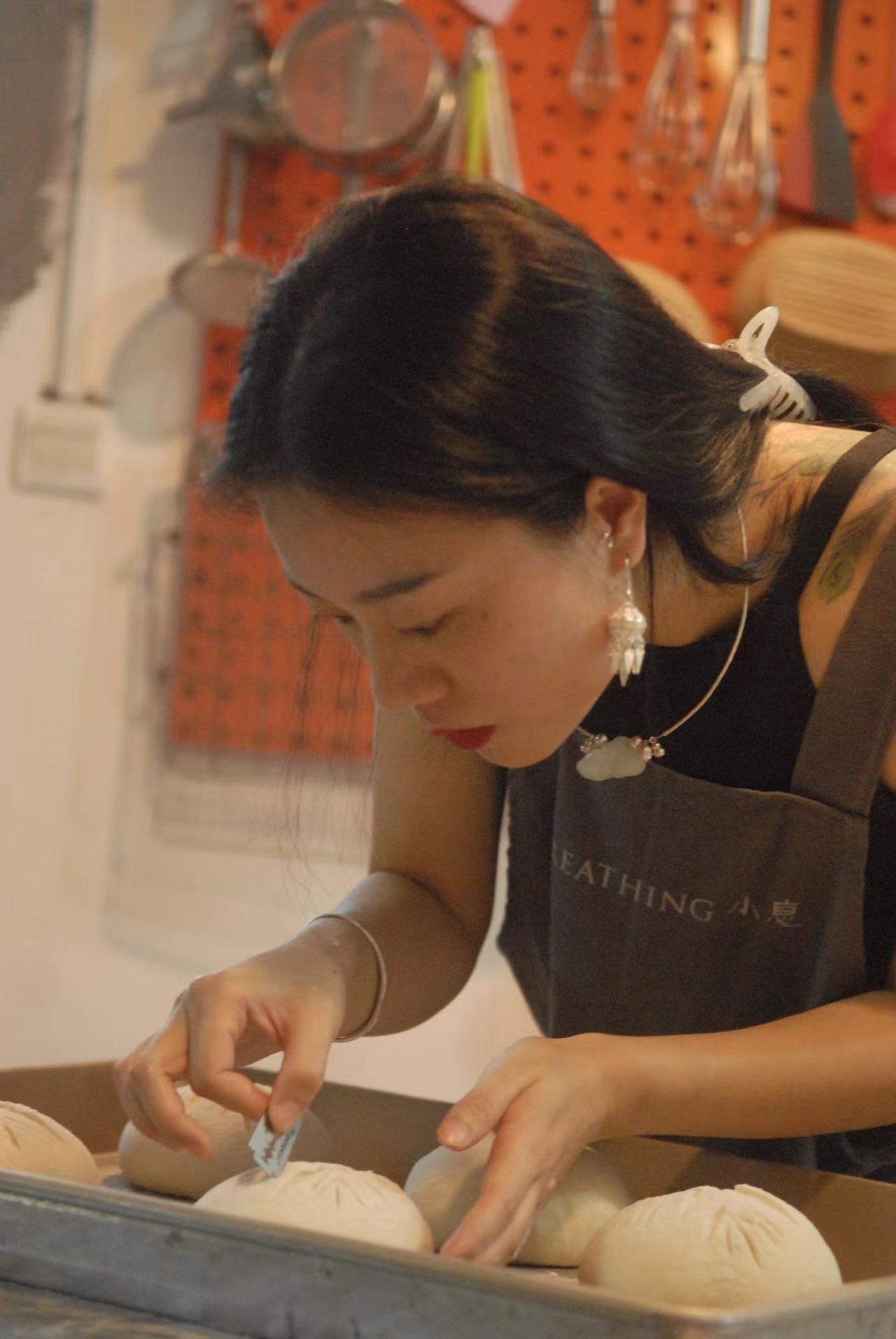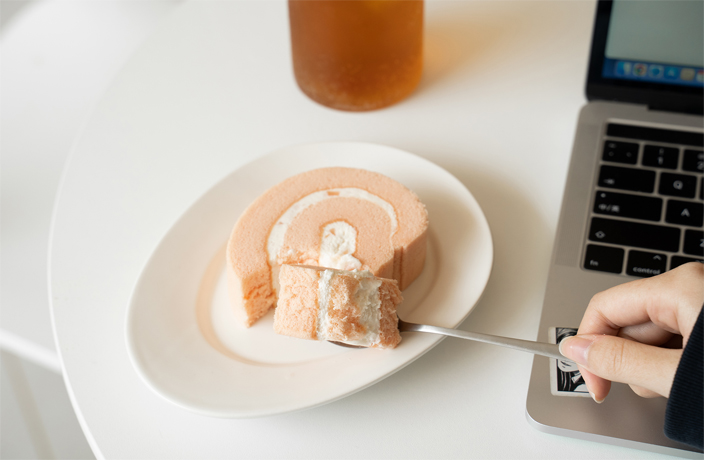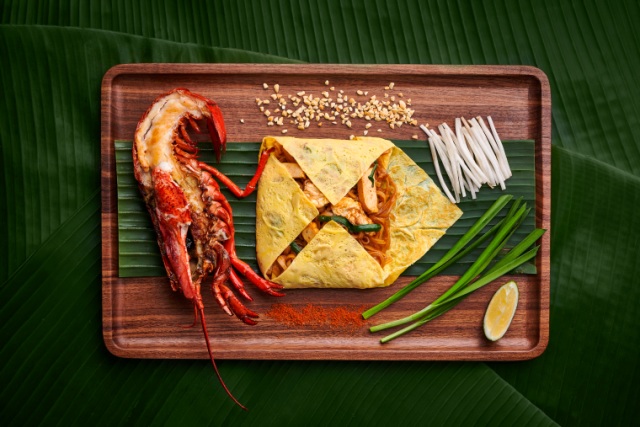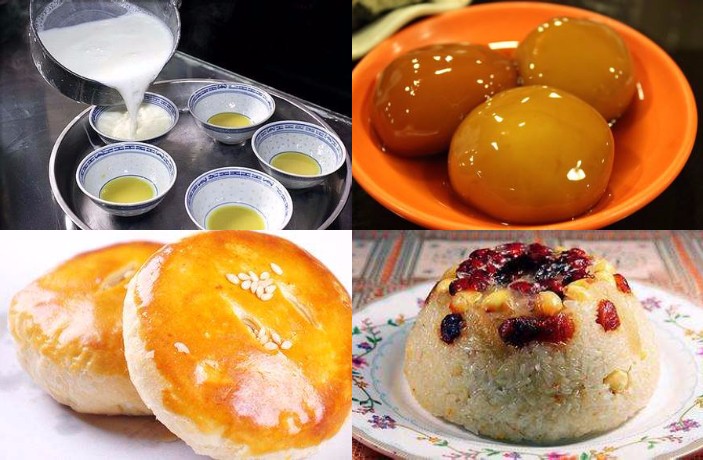The pandemic has disrupted our plans for, well, almost everything, and for many, it has even led to a change of profession. For Heimi (who requested we refer to her by her business pseudonym), a scriptwriter with nearly a decade of professional experience, COVID-19 brought about a new relationship… with bread.
“As someone who studies art, scripts are a medium of self-expression. Bread is also my self-expression,” Heimi, a 31-year-old home baker, tells That’s from her home in Beijing.
“I was abroad when Wuhan first reported the COVID-19 outbreak,” Heimi says. “After I came back home, the whole [film] industry changed. Many film and television companies in Beijing shut down, including my friend’s film company. Some projects that I was working on were canceled because movie houses closed. All I could do was stay at home and bake.”

Heimi perfecting her bread. Image via Heimi
Heimi started baking desserts but was quickly drawn to bread making. Yeast, a core ingredient with more than 5,000 years of history, is highly sensitive to temperature, moisture and air, therefore making the delicate craft challenging to master.
“The difference between making desserts and bread is huge,” Heimi says. “You need to put lots of sugar and butter into a cake. But when I started making bread, I realized all you need is four ingredients: flour, yeast, salt and water.”
After taking short-term classes from two professional bakers, Heimi spent half a year honing her baking skills. In less than two years, she started her own small bakery business, Heimi’s Bread Kitchen.
China’s baking industry has seen a booming development in recent years. Euromonitor International estimates retail sales of baked goods (packaged and unpackaged) in China were around USD34 billion in 2020, comprising 9% of global retail sales, according to a report published by the US Department of Agriculture.
A lucrative market means fierce competition, especially in metropolises. If you search for a bakery in Beijing on Dazhong Dianping, the app suggests around 8,000 different places to grab a variety of baked goods.

One of Heimi's European loafs. Image via Heimi
The different types of bread in the Chinese market can be roughly divided into four categories: Japanese bread, soft European bread, European bread and Danish pastry. Japanese bread is often the softest and the sweetest.
Soft European bread is a hybrid of European bread and soft Japanese bread. It may use multigrain flour but is less chewy than hard European bread. It also has more layers of flavor that are tailored to Chinese consumers’ preferences. For example, they may have chocolate, cheese or dried meat floss fillings.
European bread is the standard bread you'd find on the continent, usually imported to China or made using traditional European methods.
If you walk into a bread shop in China, the shelves are most likely going to be filled with Japanese bread, soft European bread and pastries. Although many shops will add some European bread to the menu for variety, there is still a gap in the market.
Heimi has visited a baker’s dozen of bread shops in Beijing, Guangzhou, Shanghai and Hangzhou, but she says it’s not easy to find authentic, high-quality European bread in China. This has prompted people who have lived or studied abroad and acquired a taste for European bread to turn to bakers like Heimi for a taste of the place they once called home.
“Home bakers are trying to fill the gap in the market,” she says. “Because in China, Japanese bread and soft European bread are the mainstream. There’s a huge gap in the market for authentic traditional European bread.”

Image via Heimi
However, Heimi is optimistic about the future of European bread in China. She says popular bakeries can play a similar role to Starbucks in the Middle Kingdom. Where Starbucks helped popularize coffee in China, it’s only a matter of time before bakeries help locals acquire a taste for European bread through the products being put forward.
The market potential of European bread is not a myth, especially if you consider how much young Chinese people care about their daily sugar intake. On Xiaohongshu, China’s Instagram-like social media platform, over 400,000 results will pop up when you search “di tang,” the Chinese word for “low sugar,” and 335,000 results for “kong tang,” meaning “controlling sugar intake.” Soft European and Japanese bread tends to be quite high in sugar because of their cake-like taste and texture.
In the meantime, Chinese people have shown a strong interest in sports, working out and generally being healthier, partly inspired by the 2022 Beijing Winter Olympic and Paralympic Games. And let’s not forget singer, actor and fitness coach Will Liu, who in April, and throughout Shanghai’s lockdown, ignited a fitness craze after his at-home workout live streams were viewed by millions throughout the country.
A healthy lifestyle naturally generates demand for healthier food choices. European bread is therefore seen as an ideal source of carbs.

Image via Heimi
Heimi is a devout believer that “less is more” and applies the concept to her bread-making. “I think we need to make our taste simpler,” she says. “People are so accustomed to adding flavors and MSG that it’s hard to taste the natural flavor of the food itself.”
For Heimi, baking is more than just a profession. For her, it’s been a journey of healing and reflection. Out of kindness, concern and sheer curiosity, many have asked her the same question: ‘Why aren’t you scriptwriting anymore?’
“People will always question your choices, but what matters most is how you define yourself,” Heimi says. “Some choose to spend their lives working for a company, but some choose to pursue a spiritual awakening.”
It’s crucial to have an ongoing conversation with yourself regardless of the doubts from the outside, according to Heimi. “To have that conversation, you need to find a medium like music, writing, calligraphy, or dance. The dough in my hand is my medium.”
So far, Heimi has no immediate plans to expand her business. “I don’t think I have developed enough of a relationship with bread yet,” she says. “The world of bread is vast. You need to constantly adjust your relationship with yeast. There’s still room for me to gain a deeper understanding of the science behind making bread.
Heimi is correct, the world of bread making is huge and home baking is just one of the paths to carve out a niche. Some brands on the other hand are thinking outside the “dough.” For Uglicious Spread, who were only founded two years ago, it’s a jar of ‘bread spread.’
“Uglicious Spread is a lifestyle brand focused on serving breakfast and afternoon tea,” says Li Chao, CEO of Uglicious Spread, or Queshi in Chinese. “It is my understanding that you don’t necessarily need a lot of money, a good house or a well-paid job to be happy. We want our customers to have good products that deliver happiness or positive feelings,”
The brand’s Chinese name means ‘magpie food.’ In traditional Chinese culture, the magpie is a messenger bird that brings good news. Uglicious Spread was established in Changsha, Hunan province, also home to the spicy Xiang cuisine.
Creativity in food is borderless. Li uses one of the brand’s most popular products, Jasmine matcha flavored bread spread, to explain his business concept of “live local, think global.”
“There are many types of matcha flavored products on the market. We thought the aroma of Jasmine blossoms would be a great match for Japanese matcha, which tastes a little bitter,” Li says. “It made a wonderful balance, like a cocktail you could have at a bar.”
The company recommends customers put 10 grams of their bread spread on toast. By doing so, you only consume between 110 and 160 calories from the spread, equivalent to one-third of an apple.

Uglicious Spread. Image via Uglicious Spread
Another noteworthy detail is that the brand’s bread spread uses high-quality, natural butter. While margarine is still widely used in the industry as a cheaper alternative, butter is generally favored by Chinese customers because it is natural and free of trans fats. On food delivery apps like Meituan and Eleme, in an attempt to appeal to this audience, bakeries will highlight in the product description if they use butter instead of margarine,
This eating habit is evidenced in two notorious food-related cases: In 2021, Unilever ice cream brand Magnum came under sharp criticism on China’s social media platform, Weibo for not using fresh milk in its Chinese market production line.
In March, South Korean confectionery maker Orion also faced a similar brunt for raising the price of Choco Pies in China while still using inferior ingredients such as cocoa butter substitutes.
China is no stranger to the trend of ‘clean eating.’ While many people may have varying standards of what constitutes clean eating (a gym bro isn’t going to be worrying about the cocoa butter in Choco Pies, but that doesn’t mean people who like a sweet treat don’t care about what goes into their body), a generally accepted practice is to choose less processed ingredients and additives.
Li reveals that Uglicious Spread will diversify its frozen bakery line with more products that come with a short expiry date. “A shorter expiry date is somewhere between 90 days to 120 days, so it relies heavily on cold storage and cold chain logistics,” he says. “It also means the ingredient list will be shorter, with fewer additive agents.”
Few would debate the impact of the pandemic on the economy, especially the service sector, but Li speaks against the idea of blaming the pandemic for everything. “As a team, or as a brand, do not blame external factors for all your problems,” he says.
“Unavoidably, we experience losses or failures at different stages. But the fear of making mistakes will also keep you from making a breakthrough or being creative. We need to look at the whole situation with long-term thinking.”
What is long-term thinking then? Taste is one of the main drivers behind food trends, but Chinese consumers are focusing more on the quality of ingredients and their personal health when choosing what to consume. In the long-term, it's likely we will see producers focusing more on quality products while trying to fill the gap in the market for treats that don't break the calorie bank, but also satisfy that sweet tooth.

[Cover image via Uglicious Spread]






















0 User Comments